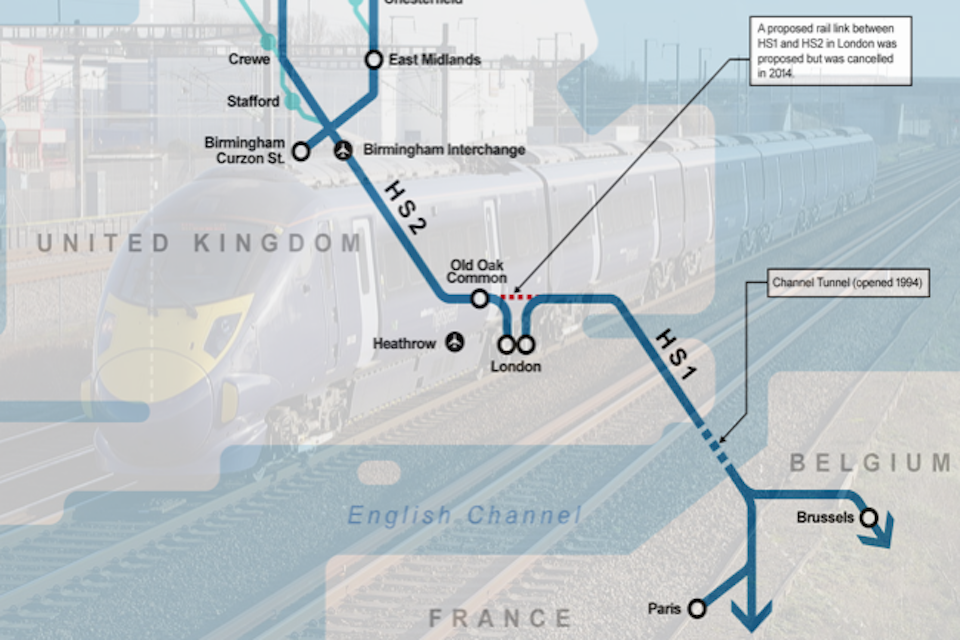DB Cargo UK delivers through Channel Tunnel and high-speed line

DB Cargo UK has carried out an operation that has made the books as a first in many ways. It delivered goods for a leading UK supermarket chain through the Channel Tunnel and via the high-speed line HS1, in the middle of the day.
Hauling freight through the Channel Tunnel is not necessarily a first for the industry. Doing so in the middle of the day, when passenger paths are usually guarded more tightly than the Crown Jewels, is however something of a coup. Breaking the speed limit on HS1 – the dedicated route between the Channel Tunnel and London – has probably been done before, but rarely has the minimum speed limit been waived for a heavy intermodal flow – until now.
Minimum speed
Earlier this month, a consist destined for the shelves of supermarket chain Tesco, traversed the Channel Tunnel and HS1, to Ripple Lane Exchange Sidings in South London, for forward distribution.

In addition to using a daytime path in the Tunnel, the train was divided for operational purposes, and one half was routed via HS1. Not out of the ordinary, but due to the unique signalling system on HS1, trains are usually required to travel no slower than 120kph (72mph).
Maximum loading
This working, hauled by a Tunnel specialist class 92 dual voltage electric loco, was permitted to run slower than normally permitted on the route – at 100kph (60mph). Not only that, axle loading on HS1 is a big deal, so that added complication to the working. It took a degree of cooperation to avoid disruption to the uniform timetable on HS1. DB Cargo UK, its Spanish sister company Transfesa, Eurotunnel and the operators of HS1, all pulled together to make the trip a reality.
“To maximise the commercial opportunity a maximum axle loading of 22.5 tonnes was required”, explained Nicolas Edwards, the operations standards manager at DB Cargo UK. “Axle weights of this level are usually restricted to 100kmph on HS1 but the signalling system doesn’t allow Class 92s to run at 100kmph. This was the challenge we had to overcome.”
Discussions held remotely
Nick explained that with social-distancing restrictions still in place, a series of virtual meetings were called, involving colleagues from DB Cargo UK, Spanish sister carrier Transfesa, Eurotunnel, and HS1. “I drew up a proposal, carried out a common safety method risk assessment and submitted it to HS1.”

An online HS1 Safety Review Panel was convened, and after some further work, permission to operate was issued on 22 May. “It was a fantastic team effort in extraordinary circumstances and just shows what can be achieved by working together when the odds are stacked against you,” said Edwards. “Hopefully this will pave the way for a longer-term engineering solution that will enable more freight services to operate on HS1.”
More for the future
Steve James, the Chair of the HS1 Safety Review Panel, was also optimistic. “Let’s hope that 22.5t axle-loading will become a regular feature and that this will improve the viability of moving goods by rail.”
The initial train ran Monday, 8 June. Details have just been released with all parties debriefed. With happy customers, and collaborative working across several jurisdictions, more cargo bound for the shelves of UK retailers will take the slow route down the fast route of HS1. Well, every little helps, as they say.
You just read one of our premium articles free of charge
Want full access? Take advantage of our exclusive offer




